Indigolite: characteristics and properties
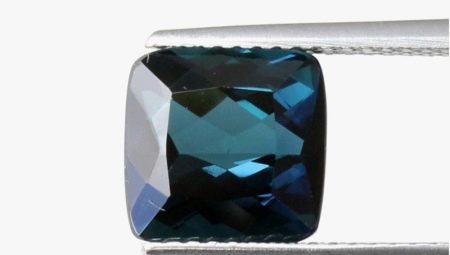
Indigolite is a rare mineral called tourmaline. He, like the latter, is part of the rocks. By its color, this stone is blue, dark blue, bluish-black. Rarely, but you can still find greenish-blue specimens.

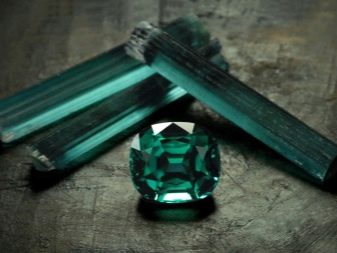
Natural deposits
In nature, this mineral can be found in the form of prismatic crystals in the cavities of vein rocks. Currently, it can be found in the Pamir mountain range in Tajikistan, as well as in countries such as Afghanistan and Pakistan. In addition, deposits of indigolite are located in Finland and some states of America. In Russia, deposits of this stone were discovered at the end of the 19th century. They are mainly concentrated in the valley of the Urulga river, but a small amount is found in the Irkutsk region.
Brazil is undoubtedly the leader in terms of the volume of indigolite mined in our time. The country supplies 75% of these stones, which is why this mineral is often called Brazilian sapphire. In the state of Minas Gerais, especially diverse in color and beautiful indigolites, known throughout the world, are mined.

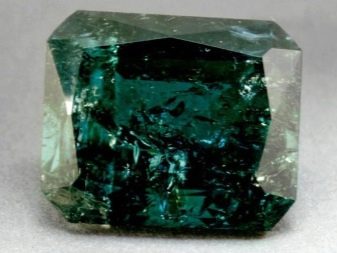
origin of name
The name of this mineral is derived from the word "indigo", which denotes a shade of blue between dark blue and purple. In Russia, indigolite used to be called baus. This name applied to all blue precious and semiprecious stones (kyanite, sapphire).
Indigolite is often called Ural or Siberian sapphire.It actually looks very much like a sapphire, although it is inferior to it in strength.
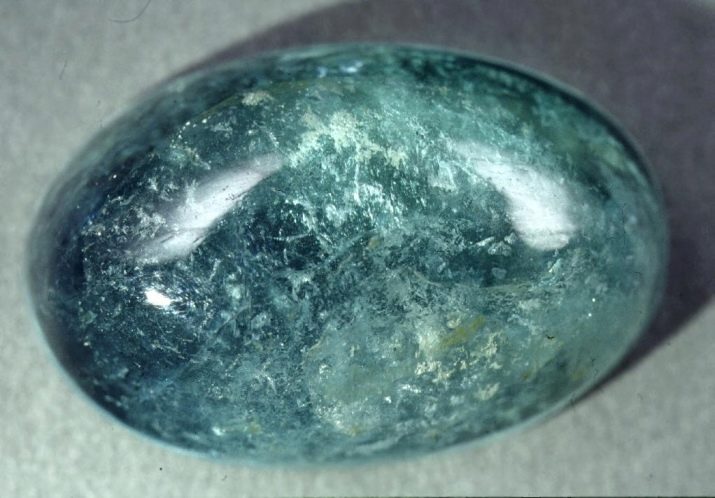
Chemical and physical features
Indigolite is a silicate mineral. They have a complex structure and chemical composition, so the color of the stone depends on the specific composition of the rock. The blue color is due to the high iron content. Indigolite is characterized by pleochroism, that is, a mineral under the same illumination and, depending on the angle of view, can change its color from dark blue to blue. The stone has a characteristic glassy luster and is capable of refracting light.
Crystals of the mineral are fragile, have the shape of a prism or columns, a transparent or opaque structure. Indigolite is characterized by a trigonal system, a fracture with irregularities and a lack of cleavage. The hardness of the stone is 7-7.5 on the Mohs scale (the scale of hardness of minerals).

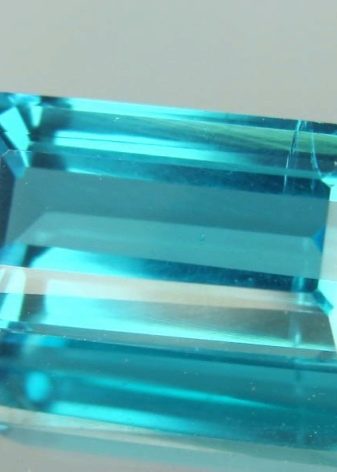
Scope of application
This mineral is most often used in the jewelry industry as an insert in jewelry with a cut in the form of a square or rectangle. In order to reveal all the beauty of the stone, facet cutting is used, as in working with diamonds. Rough stones are popular with mineral collectors due to their attractive appearance.
The thermoelectric properties of indigolite make it suitable for use in electronics. Small, inconspicuous samples with many foreign inclusions are used in optics. They are melted down and added to glass.
Low-quality minerals are also used for interior decoration (as inlays for door handles or as part of wall panels and paintings).

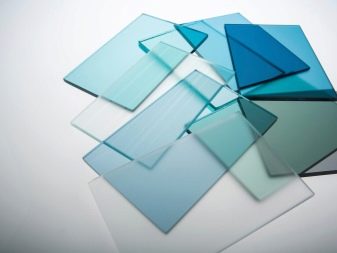
How to distinguish an original from a fake?
In order to be sure of the authenticity of the stone when buying, you should pay attention to the following properties that the original always possesses:
- natural indigolite is heterogeneous in color shades and color intensity;
- the feeling of coolness remains for a long time from the natural mineral, if you warm it in your hand or rub it;
- the presence of cracks is also proof of the authenticity of the stone;
- gas bubbles are often found in natural minerals.

Effect on the human body
This mineral is believed to be associated with the Vishuddha Will Chakra. It is used during meditation as it helps to focus on positive emotions. Consequently, indigolite strengthens the nervous system, relieves depression and insomnia (especially if kept under a pillow at night). It is useful for strengthening the immune system and the work of the endocrine system. Greenish stones have a beneficial effect on the liver, blue indigolite cures diseases of the central nervous system, and the bluish mineral relieves headaches and normalizes vision.
The stone is not suitable for pregnant women. It is contraindicated for people suffering from allergic diseases. If you start bleeding, you should immediately remove jewelry containing this mineral.


Magic stone
Indigolite is believed to magically endow its owner with a wise outlook on life and sanity. He is able to neutralize aggression and the manifestation of negative emotions. In addition, pendants and pendants with this mineral make the voice more pleasant and confident. If you wear a stone on your right hand, then you can find good luck in any endeavors. But indigolite jewelry on the left hand is worn in order to draw the attention of the opposite sex.
This mineral is also used as a family talisman: it maintains marital fidelity and harmony in family relationships, prevents quarrels and conflicts.


Mineral and signs of the zodiac
Indigolite is most suitable for representatives of the fire element, that is, Leo, Sagittarius and Aries. He gives all these signs good luck in his plans, success in business, good health. In addition, this stone protects Aries from envy and gives them courage, and gives Sagittarius confidence and stability.... Of the signs that are not related to the element of Fire, indigolite is of great importance for Libra, which it helps to make the right decisions.
It should be remembered that this mineral is categorically contraindicated for people born under the sign of Capricorn.
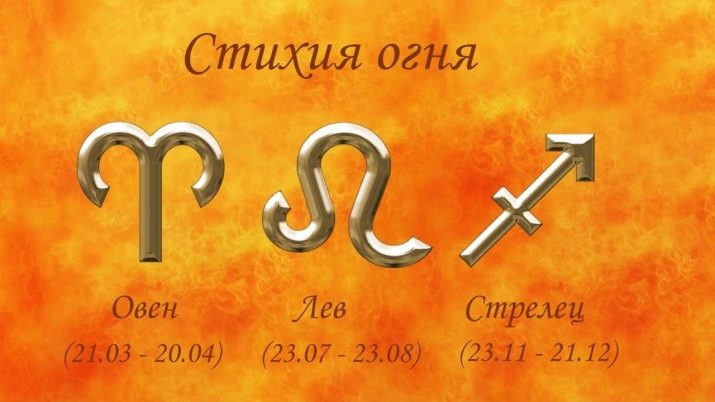
How to wear jewelry correctly?
It is best to purchase indigolite in a silver setting, which can reveal all its positive aspects. But you can wear this stone in combination with gold. In order to overcome serious family conflicts, jewelry with this mineral should be used by both spouses.
Indigolite goes well with stones such as ruby and alexandrite, as they have similar energies. This stone is rarely used in rings due to the difficulty of cutting, so it is better to choose bracelets, earrings and pendants.
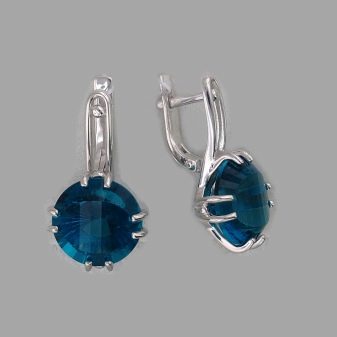
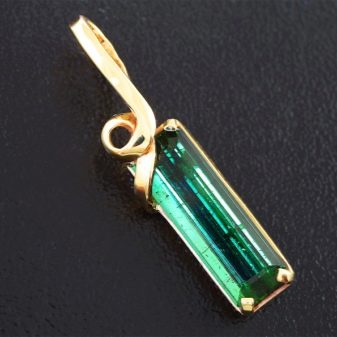
Care advice
Possessing good strength, this mineral is resistant to mechanical stress. But hot steam and high temperatures are contraindicated for it, because they destroy the structure of the stone. It is recommended to use soft cloths and a mild soap solution for cleaning. Jewelry with indigolite should be stored in dark, cool places out of the reach of sunlight. In this case, it is better to wrap them in a fabric with a soft structure.
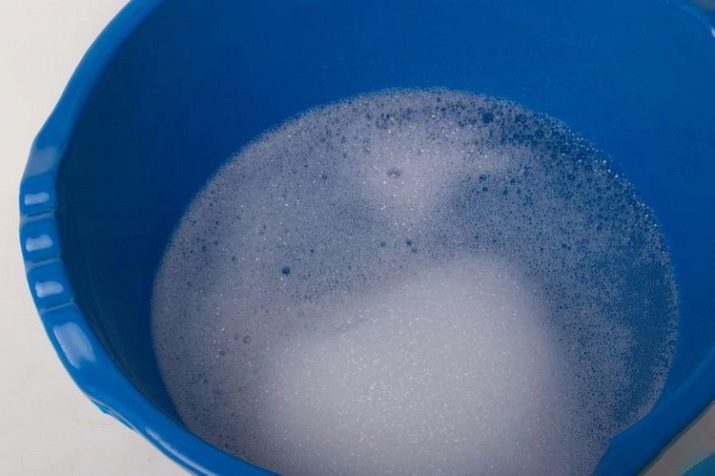
Indigolite is an inexpensive but very beautiful stone, captivating the eye with various shades of blue. It is a healing and magical mineral that makes people wiser and happier.
For an overview of the indigolite stone, see the next video.








